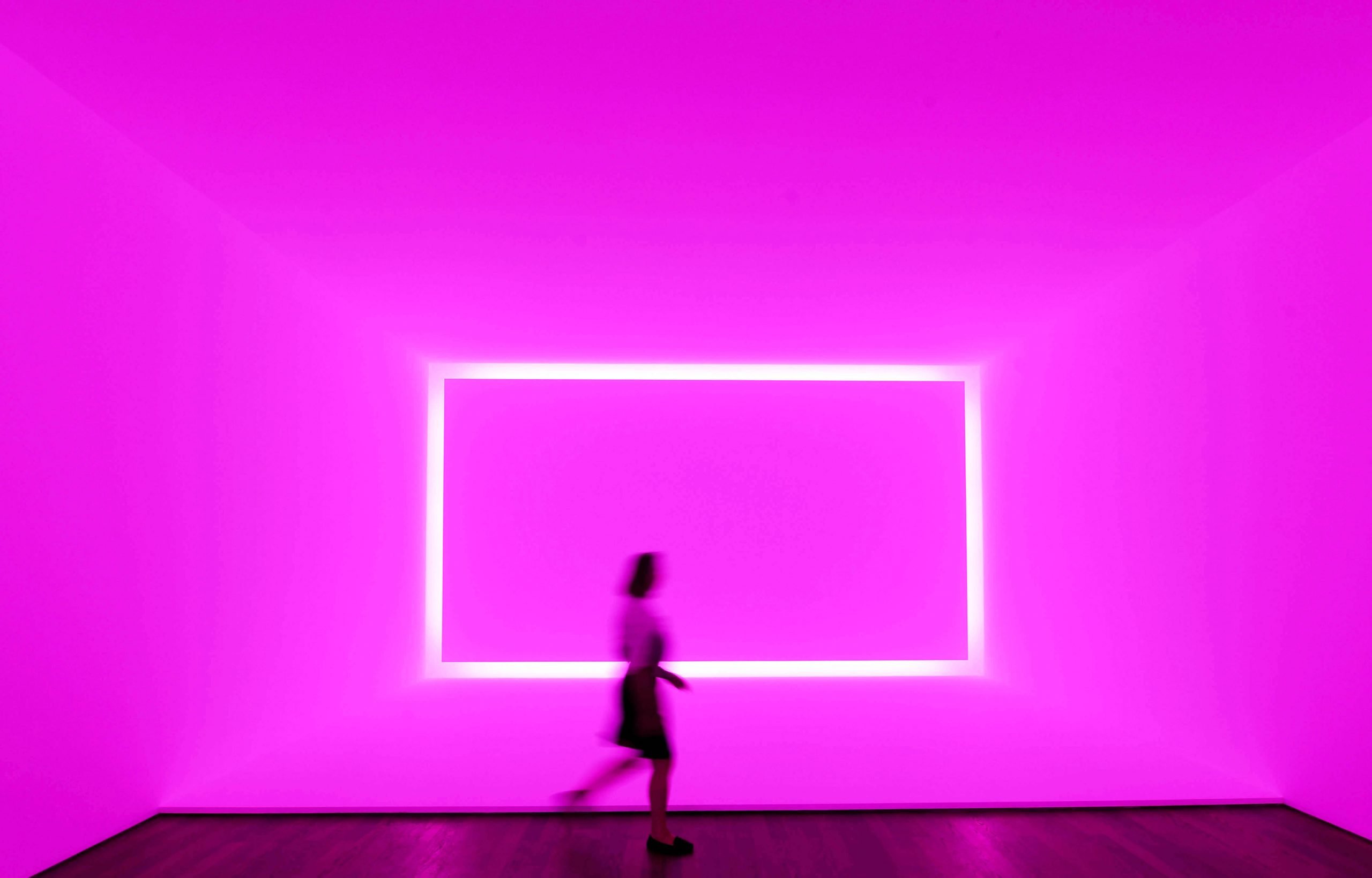
The Art Gallery of Ontario has visitors’ hearts racing with its latest experience: a heart rate monitor designed to give insights into viewing habits and preferences. Debuted on September 17, The Art Rate Monitor offers users the chance—according to its page on the AGO website—to “get a snapshot of your unique gallery experience and transform the way you connect with art”.
“The Art Rate Monitor” experience is included with the cost of gallery admission ($30) and involves visitors wearing a lanyard and wristband. The device records the user’s location across the four floors of the gallery thanks to 70 geolocation beacons attached to the walls beneath certain artworks. The wristband used is a typical heart rate monitor, worn on a black branded strap.
Once gallery-goers have concluded their visit and returned the wristband and lanyard, they will receive a free personalized report via email, letting them know their “art persona”. The report includes information like which artworks they spent most time viewing, their preferred colour palette, and which artworks raised and lowered their heart rate the most.
Participants are provided with heart rate monitors and lanyards. Courtesy of AGO.
Each visitor will be given one of eight “personas” that describe their art-viewing preferences in their unique report; either “The Seeker” “The Dreamer” “The Powerhouse” “The Luminary” “The Connector” “The Muse” “The Naturalist” or “The Poet”.
The experience is part of Gallery of Us, the new brand platform developed by the Art Gallery of Ontario with marketing agency Zulu Alpha Kilo and software developer WXM Tech.
Art Rate Monitor digital wrap report graphic for “color era”. Courtesy of AGO.
While AGO calls it a “first-of-its kind gallery experience”, The Art Rate Monitor is not the first body-monitoring technology to be brought into a gallery space. This year, Art Fund in the UK launched their ‘Art on the brain’ experience, in which visitors to museums in Bath, Guildford, Wakefield, Cardiff, Warwickshire, and Edinburgh had their brainwaves tracked and visualized via a slim headband.
“The AGO takes pride in its collection of great art that is as diverse as our audience, and now for the first time, thanks to the innovative Art Rate Monitor, we’re able to showcase some of the very real physiological impacts of spending time with art,” Herman Lo, Senior Director,of Visitor Experience at the gallery told Artnet News. “The feedback from visitors—more than 3,000 of whom have participated so far—has been very positive, with many surprised by their results. These kinds of playful engagements highlight how each visit and each visitor is unique. This is the gallery of us.”
Art Rate Monitor digital wrap report graphic for “highest BPM”. Courtesy of AGO.
Since its launch on September 17, over 3,000 visitors have taken part. In the gallery’s promotional video posted on the AGO YouTube channel on Monday October 21, one participant, Lexie, found out that The West Wind (1917) by Tom Thompson was the work which slowed her heart rate down the most. She said “Now that I know that it helps my heart rate go down, it’s something that feels a little bit more special. I’ll definitely be visiting it more regularly. Maybe I’ll get one for my desk!”
Aneesa, another participant, spent the most time during her visit looking at Mark Rothko’s No. 1 White and Red (1962), calling the result “really shocking” given the minimalist nature of the painting. Aneesa spent 4 minutes with the work, which is indeed a long time in a world where some figures suggest that gallery-goers spend only eight seconds on average looking at each piece on display.
AGO Art Rate Monitor pairs wearable monitors and beacon technology to track visitor heart rates. Courtesy of AGO.
Julian Cox, AGO Chief Curator, has said “there absolutely is a relationship between the physical and emotional reactions that we have to works of art”.
The Art Rate Monitor experience is running at the Art Gallery of Ontario until November 19.